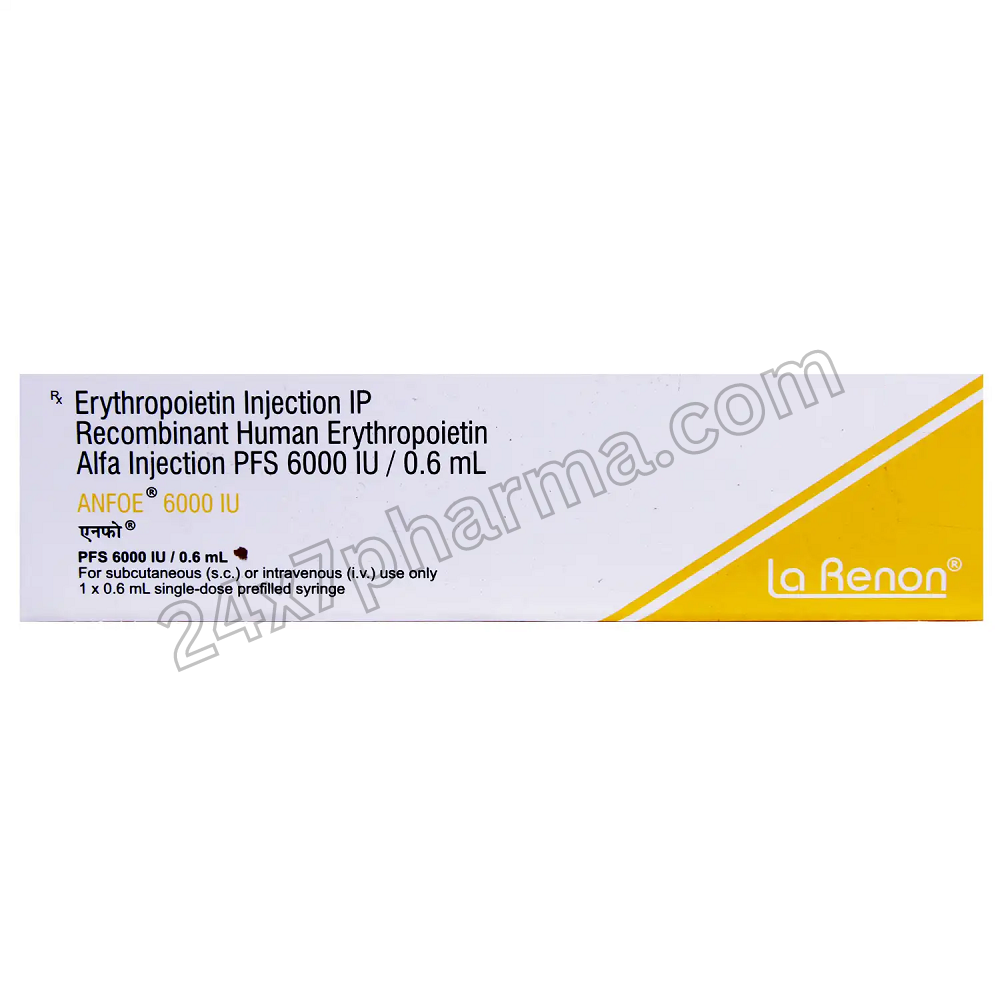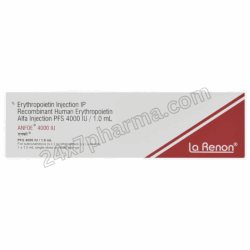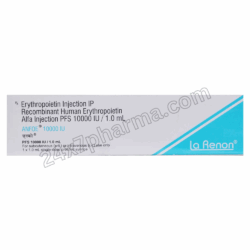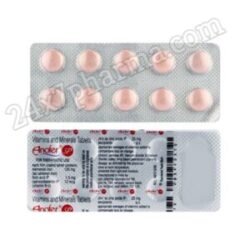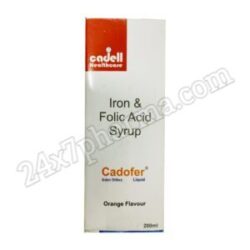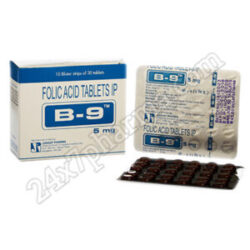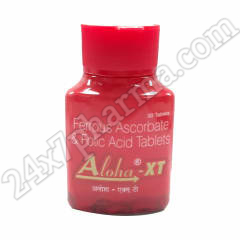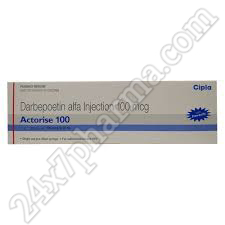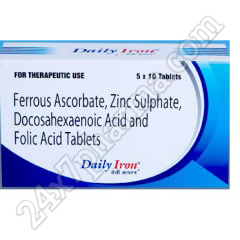Anfoe 6000 IU Injection, a synthetic erythropoietin injection, plays a critical role in managing anemia, particularly in patients with chronic kidney disease (CKD) or those undergoing dialysis. Containing erythropoietin, this injection stimulates the production of red blood cells in the bone marrow, helping combat anemia effectively. Anfoe 6000 is a trusted solution for patients requiring improved hemoglobin levels and enhanced oxygen transport throughout the body.
How Does Anfoe 6000 Injection Work?
Erythropoietin, the key component of Anfoe 6000 IU injection, is a hormone naturally produced by the kidneys to regulate red blood cell production. In cases of kidney dysfunction or other medical conditions, the body may produce insufficient erythropoietin, leading to anemia. Anfoe 6000, a synthetic erythropoietin injection, compensates for this deficiency by mimicking the natural hormone. It stimulates the bone marrow to produce more red blood cells, increasing hemoglobin levels and reducing symptoms of anemia, such as fatigue and shortness of breath.
How to Use Anfoe 6000 IU Erythropoietin Injection?
Understanding how to take an Anfoe 6000 injection is essential for effective treatment. The injection is typically administered under the supervision of a healthcare professional. It can be given as an intravenous (IV) infusion or subcutaneous injection, depending on the doctor’s recommendation. The dosage and frequency vary based on the patient’s hemoglobin levels, weight, and underlying medical condition.
Follow these steps for optimal usage:
- Consultation: Always consult your doctor for the correct dosage of Anfoe 10000, Anfoe 4000, Anfoe 2000 and the administration schedule.
- Storage: Keep the Anfoe erythropoietin injection 6000 IU in a refrigerator between 2°C to 8°C. Avoid freezing or exposing it to direct sunlight.
- Administration: A healthcare professional should administer the injection. If you are self-administering, ensure proper hygiene and follow the provided instructions.
Side Effects of Anfoe 6000 Erythropoietin Injection
While Anfoe 6000 IU injection is highly effective, it may cause side effects in some individuals. Common side effects include:
- Headaches
- High blood pressure
- Fever
- Nausea or vomiting
- Pain at the injection site
In rare cases, it may lead to serious complications, such as blood clots or allergic reactions. If you experience chest pain, difficulty breathing, or swelling, seek immediate medical attention. Regular monitoring of hemoglobin levels is crucial to avoid adverse effects.
Warnings and Precautions for Anfoe Injection
Before starting treatment with Anfoe 6000 injection, consider the following precautions:
- Allergic Reactions: Inform your doctor if you are allergic to erythropoietin or any other components of the injection.
- Medical History: Disclose any history of hypertension, seizures, or cardiovascular conditions.
- Pregnancy and Breastfeeding: Consult your healthcare provider if you are pregnant, planning to conceive, or breastfeeding.
- Dosage Monitoring: Avoid exceeding the prescribed dosage to prevent complications such as excessive red blood cell production.
FAQs
Q1. Can I use Anfoe 6000 for conditions other than anemia?
Ans: Anfoe 6000 is primarily used for treating anemia caused by CKD or chemotherapy. Do not use it for unapproved conditions without medical advice.
Q2. Is Anfoe 6000 a long-term treatment?
Ans: The duration of treatment depends on the underlying condition and response to therapy. Regular follow-ups with your doctor are necessary to assess progress.
Q3. What precautions should I take before using Anfoe 6000?
Ans: Always inform your doctor about your medical history, ongoing medications, and any allergies. Monitor blood pressure and hemoglobin levels regularly during treatment.
Q4. Is Anfoe 6000 safe for elderly patients?
Ans: Elderly patients can use Anfoe 6000 under medical supervision. Close monitoring is essential to manage potential side effects or complications.

